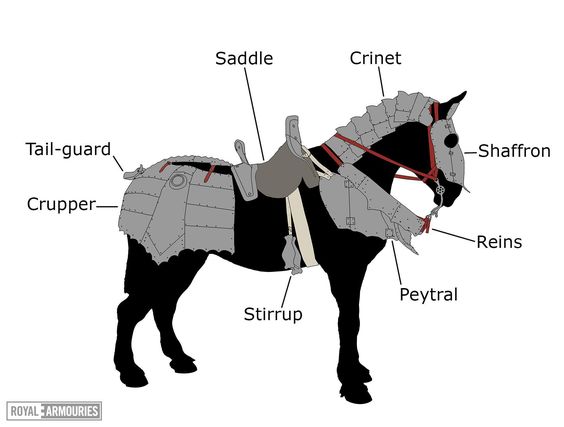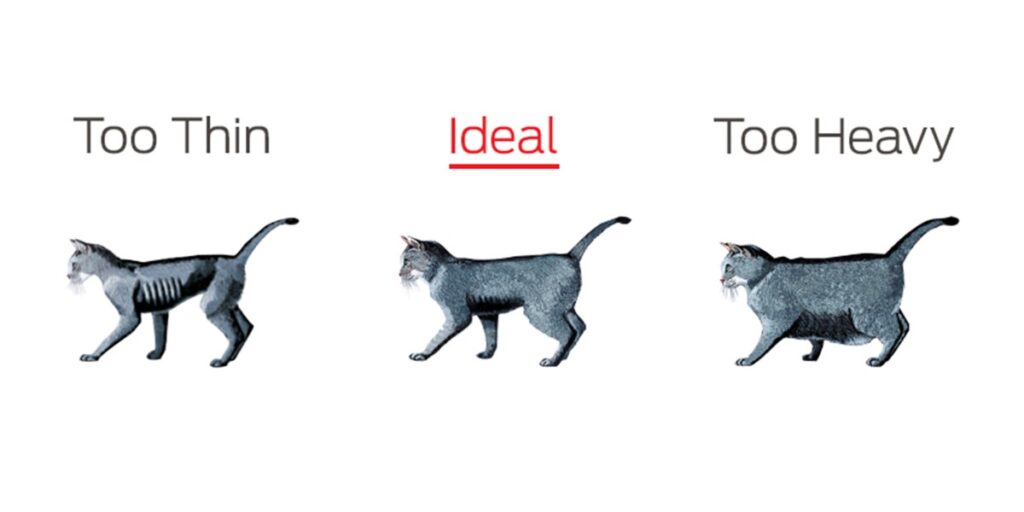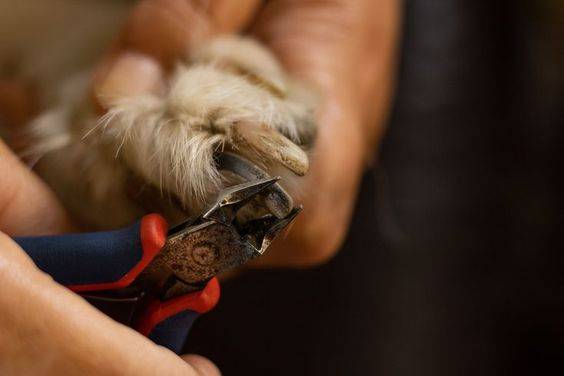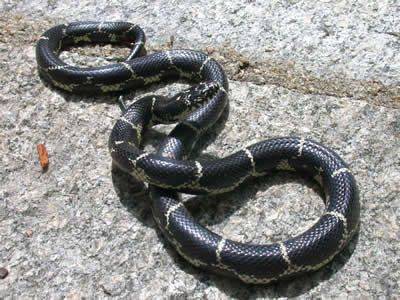Horse breeding is an ancient art that has been refined over centuries, blending tradition with modern science to produce exceptional equine specimens. Among the crucial aspects of horse breeding mount is the selection of suitable mounts for the process. In this comprehensive guide, we delve into the intricacies of horse breeding mount, exploring the considerations, techniques, and best practices to maximize success in this endeavor.
Understanding the Role of the Horse Breeding Mount
The breeding mount, often referred to as the stallion or the broodmare, plays a pivotal role in the horse breeding mount process. Their genetic makeup, conformation, temperament, and overall health significantly influence the quality of the offspring. Whether you’re breeding for performance, temperament, or specific traits, selecting the right breeding mount is paramount.
Key Considerations in Selecting Horse Breeding Mounts
1. Genetic Compatibility:
Compatibility of the stallion and mare genetics is fundamental in determining the characteristics of the foal. Understanding pedigrees, bloodlines, and genetic traits is essential to make informed decisions.
2. Conformation:
Both the stallion and the broodmare should possess desirable conformation traits to produce foals with structural integrity and athleticism. Evaluate factors such as balance, proportion, and correctness of limb conformation.
3. Health and Fertility:
Optimal health and fertility are prerequisites for successful breeding. Regular veterinary check-ups, including reproductive examinations, ensure that horse breeding mount are in prime condition for conception.
4. Temperament:
A calm and trainable temperament is desirable in horse breeding mounts, as it contributes to the foal’s disposition and trainability. Aggressive or highly strung individuals may pass on undesirable traits to their offspring.
5. Performance Record:
Assessing the performance record of both the stallion and the broodmare provides insights into their athletic abilities and competitive achievements. Breeding from successful performers increases the likelihood of producing top-quality progeny.
Preparing the Horse Breeding Mount
1. Health Assessment:
Prior to breeding, conduct a thorough health assessment of both the stallion and the broodmare. Address any underlying health issues and ensure they are up to date on vaccinations and deworming protocols.
2. Nutritional Management:
Proper nutrition is essential for reproductive health. Provide horse breeding mount with a balanced diet rich in essential nutrients, vitamins, and minerals to support fertility and overall well-being.
3. Fitness and Conditioning:
Maintaining optimal fitness levels in both the stallion and the broodmare enhances breeding success. Incorporate regular exercise routines tailored to their individual needs to improve muscle tone and stamina.
4. Reproductive Evaluation:
Evaluate the reproductive status of the broodmare through ultrasound examinations and hormonal assays. Monitor estrus cycles closely to determine the optimal time for breeding.
5. Environmental Considerations:
Create a conducive horse breeding mount environment free from stressors that may affect reproductive performance. Ensure comfortable and secure housing facilities for both the stallion and the broodmare.
Breeding Techniques and Practices
1. Natural Breeding:
Traditional natural breeding involves allowing the stallion and the broodmare to mate naturally. It offers advantages such as behavioral cues and social interaction but requires careful supervision to prevent injury.
2. Artificial Insemination (AI):
AI offers greater flexibility in breeding, allowing for the use of frozen or chilled semen from distant stallions. It minimizes the risk of injury and allows for precise timing of insemination, increasing conception rates.
3. Embryo Transfer:
Embryo transfer enables multiple offspring from elite broodmares or mares unable to carry a pregnancy to term. It involves fertilizing the mare’s egg with the stallion’s sperm and transferring the embryo to a recipient mare for gestation.
4. Genetic Screening:
Utilize advanced genetic screening techniques to identify genetic disorders or hereditary conditions in horse breeding mount. Selectively breeding individuals free from genetic defects helps maintain the integrity of the gene pool.
5. Breeding Soundness Evaluation:
Conduct regular horse breeding mount soundness evaluations to assess the reproductive health and fertility of both the stallion and the broodmare. Address any issues promptly to optimize breeding outcomes.
Post-Breeding Care and Management
1. Pregnancy Confirmation:
Confirm pregnancy through ultrasound examinations or hormonal assays approximately 14-16 days post-breeding. Early detection allows for timely management decisions and ensures the health of the developing embryo.
2. Nutritional Adjustments:
Adjust the diet of pregnant mares to meet their increased energy and nutrient requirements. Provide supplemental vitamins and minerals, particularly during the last trimester of pregnancy.
3. Prenatal Care:
Implement a comprehensive prenatal care program, including regular veterinary monitoring, vaccinations, and deworming protocols. Minimize stressors and provide a safe, comfortable environment for the pregnant mare.
4. Foaling Preparations:
Prepare for foaling by creating a clean, well-bedded foaling area equipped with necessary supplies. Familiarize yourself with the signs of impending foaling and be prepared to provide assistance if needed.
5. Newborn Care:
Ensure prompt intervention and veterinary care for the newborn foal, including passive transfer of colostrum, naval disinfection, and health assessments. Monitor the foal closely for any signs of illness or developmental issues.
Inference
Successful horse breeding requires careful consideration, meticulous planning, and a deep understanding of the breeding process. By selecting suitable horse breeding mount, implementing effective breeding techniques, and providing comprehensive care throughout the breeding cycle, breeders can maximize the likelihood of producing top-quality foals with desirable traits and characteristics. With dedication and expertise, the art and science of horse breeding mount continue to thrive, shaping the future of the equine industry.







